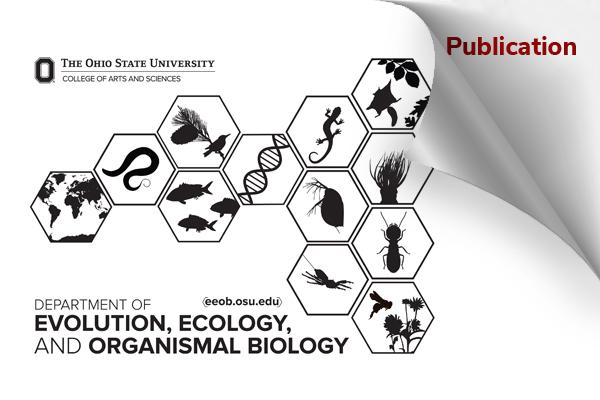EEOB Publication - Berger-Wolf

Bringing Back the Context: Camera Trap Species Identification as Link Prediction on Multimodal Knowledge Graphs
Vardaan Pahuja, Weidi Luo, Yu Gu, Cheng-Hao Tu, Hong-YouChen, Tanya Berger-Wolf, Charles Stewart, Song Gao, Wei-Lun Chao, Yu Su
Abstract
Camera traps are valuable tools in animal ecology for biodiversity monitoring and conservation. However, challenges like poor generalization to deployment at new unseen locations limit their practical application. Images are naturally associated with heterogeneous forms of context possibly in different modalities. In this work, we leverage the structured context associated with the camera trap images to improve out-of distribution generalization for the task of species identification in camera traps. For example, a photo of a wild animal may be associated within formation about where and when it was taken, as well as structured biology knowledge about the animal species. While typically overlooked by existing work, bringing back such context offers several potential benefits for better image understanding, such as addressing data scarcity and enhancing generalization. However, effectively integrating such heterogeneous context into the visual domain is a challenging problem. To address this, we propose a novel framework that reformulates species classification as link prediction in a multimodal knowledge graph (KG). This framework seamlessly integrates various forms of multimodal context for visual recognition. We apply this framework for out-of-distribution species classification on the iWildCam 2020-WILDS and Snapshot Mountain Zebra data sets and achieve competitive performance with state-of-the-art approaches. Furthermore, our framework successfully incorporates biological taxonomy for improved generalization and enhances sample efficiency for recognizing under-represented species.
